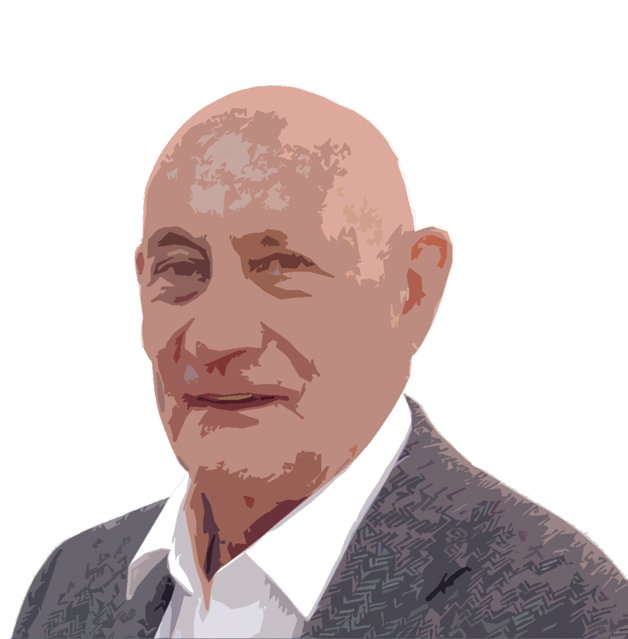David Francis was a hands-on mason who specialised for many years on the memorial side of the stone industry. If you have an issue regarding memorial masonry, David is happy to help.
In the March issue of this column, before we all went off to ExCeL in London for the Natural Stone Show, I wrote about some of the queries I had received as a result of this column and provided some of the answers I had given that could be of use to a wider readership.
Of course, I don’t get letters these days but emails. They come from both the trade and the general public, mostly from the UK but sometimes also from abroad via the stonespecialist.com website. How the World has shrunk in my lifetime!
The subjects of the queries are instructive. They are an indication of issues people have about memorials. Those from the public quite often relate to memorials leaning, to leaded letters falling out or painted letters losing their paint. Sometimes there are concerns about staining of the stone or its rapid decay resulting in the loss of inscriptions. They are clearly issues that concern the bereaved and should be addressed by memorial masons when the stone is being selected.
In some areas a stone anti-graffiti treatment might even be appropriate – there are several different makes to choose from these days and could be an additional service for memorial masons to offer.
I have summarised another of the questions I have received here with my answer. I hope it might give masons reading this some ideas for improving the information, the options and the service they give to the bereaved.
Q: I read the information you gave previously about why stones end up tilting, which was helpful but has left me wondering if a kerbed memorial would eliminate the issue? I would like a simple headstone for my mother. My aunt has told me that without a kerbed base, the stone will tilt and sink.
After reading the information you provided I am still not sure which way to go? It sounds as if you are saying a lot of the issues come down to the expertise of the mason installing the stone. If this is the case, how do we know who to choose?
My response: The reason memorials of any type sink or tilt is because the ground underneath is unstable.
A grave has been dug and the soil set aside.
After the burial the grave is filled and because no consolidation takes place the soil is left to compact gradually.
On ground that is susceptible to movement, the British Standard states that a reinforced concrete foundation that spans the width of the dug grave should be used.
When a headstone or kerbed memorial is set properly there should be little movement, but it is simply a geological fact that all ground moves.
Both the National Association of Memorial Masons and the British Register of Memorial Masons keep registers of accredited masons who have undergone fixing training. Both organisations have websites that can help you find their masons. Go to
www.bramm-uk.org/find-masons/ or
www.namm.org.uk and click on ‘find a NAMM member’.
David Francis was a hands-on mason who ran a craft-based business in South London for many years. He moved out of London in the 1990s and concentrated on memorial masonry, being Technical Advisor and Trainer for the National Association of Memorial Masons (NAMM), writing training manuals and City & Guild Qualifications. He has now left NAMM and retired but would like to continue to advise and assist masons to continue to improve skills in the sector.
David Francis has decided to put away his pen and retire from writing as well as masonry, so will not be available to answer any more questions. If anyone has any queries about memorials or memorialisation, a first point of call might be to the National Association of Memorial Masons (NAMM). More details at www.namm.org.uk.

